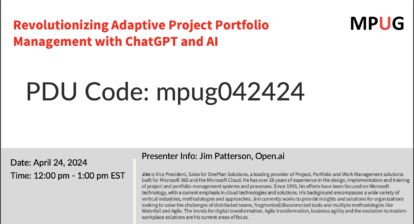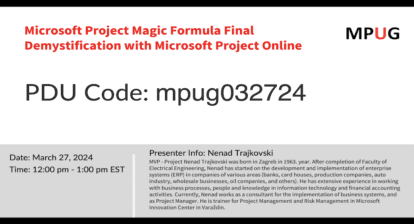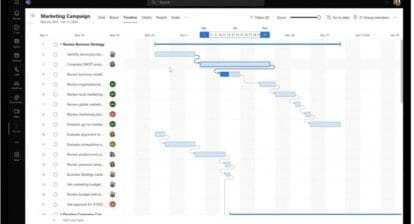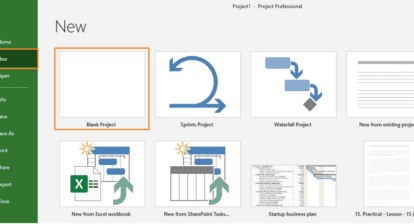
There are several important pros and a few cons to consider when using ChatGPT for project planning, as this revolutionary new approach of “prompting for a project plan” might feel alien at first.
Are you totally new to ChatGPT? Check out part one of this article for an overview of ChatGPT and an example of how to use it to create a project plan – Transform Your Project Planning with ChatGPT: A How-To with Examples.
ChatGPT comes in a variety of versions (v3, v3.5, and v4) and will eventually have more. Different versions of the generative model will give different results, but don’t be overly concerned about this technicality. You could liken the difference between GPT versions to Microsoft Project 2016 vs. Microsoft Project 2019. Here are a few tips and techniques for using the current version of ChatGPT.
5 Pros of Using ChatGPT for Project Planning
- Faster research, on the order of 10x or more times saving over phone calls, emails, or googling for answers to relevant questions, all using the natural language of your choice. Currently, languages include English, Spanish, French, German, Italian, Portuguese, Dutch, Swedish, Finnish, Danish, Norwegian, Russian, Chinese, Japanese, Korean, Arabic, and more. However, proficiency varies depending on the language, and responses may not always be perfect or fluent as when using English.
- More refined and grammatically correct text inside of any planning document; short terse task descriptors that normal folks can comprehend.
- Better schedules, based on known time and cost factors.
- Better resource management, by figuring out who exactly should do what.
- A more realistic look at risks, based on real-world data, vs. subjectivity, and bias of any one planner.
New developments are making it faster and easier to interact with ChatGPT all the time. In fact, I found an Apple Shortcut online that responds to a “Hey SiriGPT” prompt so I can quickly use my voice to get answers back from ChatGPT.
To connect your iPhone to ChatGPT, follow one set of these instructions. For Android users, try one of these instructional videos.
3 Cons of Using ChatGPT for Project Planning
- All research should be verified for accuracy, as the latest version of the bot is ChatGPT4 which tends to “hallucinate” based on ill-formed user prompting.
- The service has ups and downs with the entire world trying it out, kicking the tires, and pushing server farms to their limits. Expect restarts and downtime, and for some, even outright bans over the use of the technology.
- Arguably, ChatGPT may not be as useful for Uber planners who still use the “old ways” of using templates, talking to real people, and calculating on a calendar or desktop calculator.
As best practices (and the hammer) further evolve, the pros and cons will grow and recede like the waning tides. For example, many prominent AI thinkers are worried that the next version of ChatGPT will turn the entire planet into paper clips if someone asks it to build a paper clip factory in the most efficient way possible (i.e., ChatGPT5 or 6 turns every molecule on planet Earth into paper clips). So, stay tuned to this space for more developments, and avoid asking an AI to do things where the consequences are not fully fleshed out first[i].
How are you using ChatGPT for project planning? Do you think it’s useful? Are you excited for the future of AI in Project Management, or wary? We would love to hear your thoughts in the comments below.
[i] Check out these doomsday scenarios using a future version of ChatGPT.
Related Content
Transform Your Project Planning with ChatGPT: A How-To with Examples







